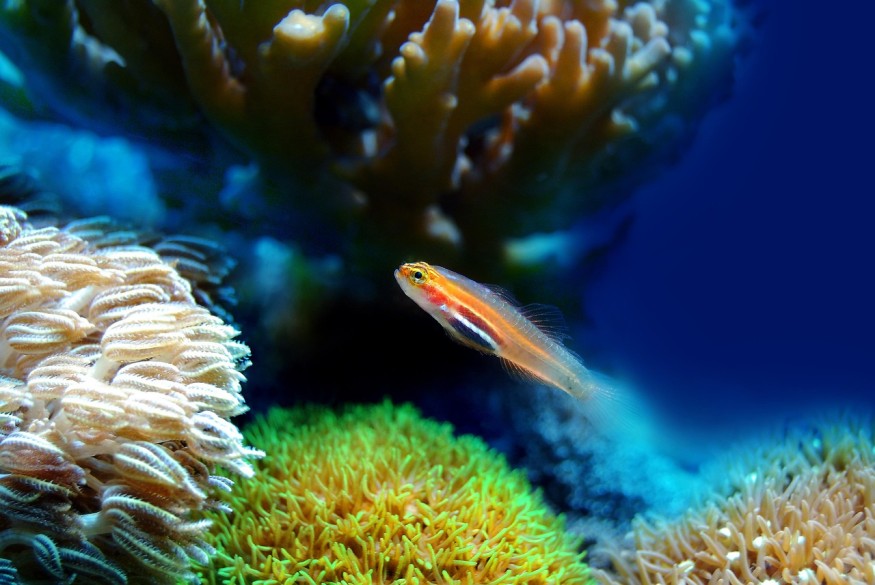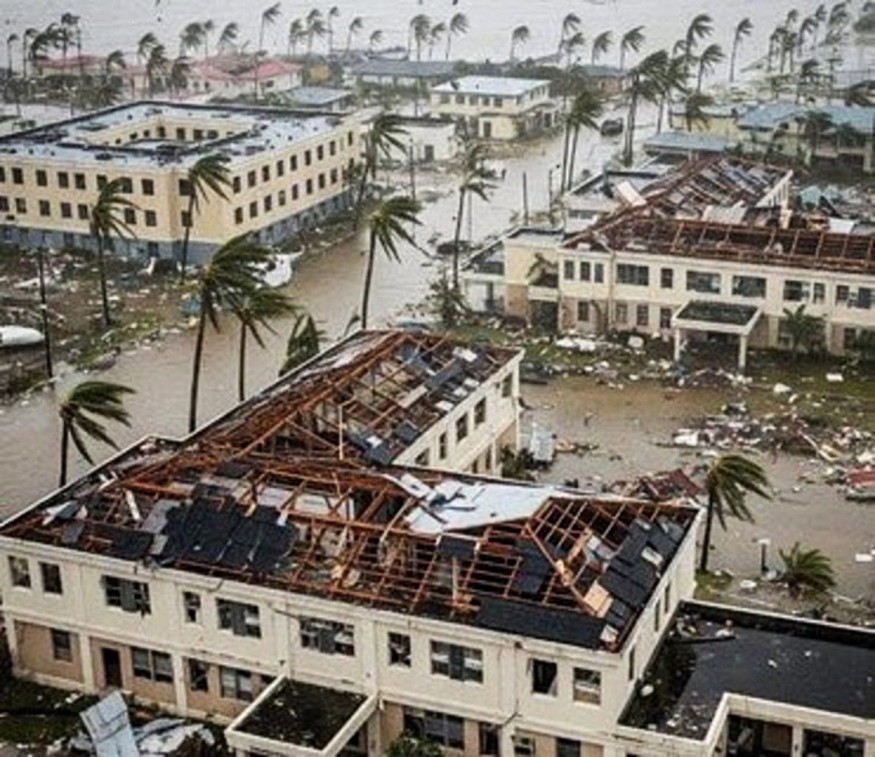Coral reefs, often called the rainforests of the sea, are extraordinary ecosystems that play an essential role in sustaining ocean biodiversity and supporting human livelihoods worldwide. Despite covering less than 0.2% of the ocean floor, coral reefs are home to about 25% of all marine species.
This remarkable biodiversity underlines the critical importance of coral reefs not only as vibrant underwater habitats but also as natural protectors of coastlines and economic engines for millions of people. However, these ecosystems face severe threats from climate change, pollution, and human activity, sparking urgent calls for comprehensive marine conservation efforts.
What Are Coral Reefs?
Coral reefs are complex underwater structures formed over thousands of years by the calcium carbonate skeletons of tiny marine animals called coral polyps. These polyps live in colonies, building the intricate framework that provides habitat and shelter for a myriad of marine life forms.
Due to their high biodiversity and multifaceted ecological roles, coral reefs are often referred to as the rainforests of the sea. They flourish mainly in tropical and subtropical waters, where sunlight penetrates enough to sustain the symbiotic relationship between coral polyps and photosynthetic algae known as zooxanthellae. This partnership is fundamental for the growth and vibrant colors of coral reefs.
Why Are Coral Reefs Important?
Coral reefs serve as biodiversity hotspots, supporting approximately 25% of marine species despite their small geographical footprint —about 0.1-0.2% of the ocean area. They provide habitat, feeding grounds, spawning areas, and nursery sites for over 4,000 species of fish and countless other organisms, including crustaceans, mollusks, and marine mammals. This rich biodiversity underpins the health and productivity of ocean ecosystems globally.
Coral reefs also offer substantial ecosystem services vital to human well-being. They protect coastlines by acting as natural barriers that absorb up to 97% of wave energy, thereby reducing coastal erosion and mitigating damage from storms and extreme weather events, which are becoming more frequent with climate change. This coastal protection is crucial for the safety of millions of people living near shorelines.
Economically, coral reefs contribute billions of dollars annually through fisheries, tourism, and recreation. Approximately one billion people worldwide depend on reefs for their livelihoods, particularly through the fishing and tourism industries. Coral reefs also hold cultural significance for many coastal communities, embodying traditions and practices that have developed over generations.
Why Are Coral Reefs Dying?
The decline of coral reefs is a pressing environmental crisis primarily driven by climate change, pollution, overfishing, and destructive human activities. Rising ocean temperatures cause coral bleaching, a stress response in which corals expel their symbiotic algae, leading to reduced energy intake and, if stressful conditions persist, often death. Ocean acidification, resulting from increased CO2 absorption, impairs corals' ability to build their calcium carbonate skeletons, further threatening reef growth and resilience.
Pollution from agricultural runoff, sewage, and plastic waste introduces harmful substances that degrade water quality and encourage the spread of diseases among coral populations. Overfishing and destructive fishing practices like blast fishing disrupt reef ecosystems, removing key species that maintain ecological balance.
The combined impact of these factors has led to a significant loss of coral cover and biodiversity. Studies show that up to 63% of coral reef-associated biodiversity has declined with the loss of coral extent, endangering the myriad species that depend on reefs.
How Can We Protect Coral Reefs?
Marine conservation strategies are essential to preserving coral reefs and their invaluable ecological and economic functions. Effective approaches include establishing marine protected areas (MPAs) that restrict damaging activities like overfishing and coastal development. Reducing pollution through better land-use management and wastewater treatment can significantly improve water quality.
Active restoration projects, including coral gardening and artificial reefs, aim to rehabilitate degraded areas. Global efforts to combat climate change by reducing greenhouse gas emissions are critical for addressing the root causes of coral bleaching and ocean acidification.
Individual actions also contribute to reef conservation, such as supporting sustainable seafood choices, reducing plastic use, and participating in local clean-up initiatives. Public education and awareness about the importance of coral reefs and the threats they face are vital to building broader support for conservation policies.
Coral reefs are indispensable to ocean biodiversity, coastal protection, and human economies, earning their title as the rainforests of the sea. Covering a tiny fraction of the ocean floor, they play a role in sustaining 25% of marine life and supporting nearly a billion people, underscoring their global significance.
However, the escalating threats from climate change, pollution, and destructive practices are pushing these ecosystems toward collapse. Immediate, coordinated marine conservation efforts are essential to protect coral reefs, sustain ocean biodiversity, and safeguard the livelihoods of communities worldwide.
Frequently Asked Questions
1. How do local communities benefit from participating in coral reef conservation efforts?
Local communities often gain sustainable livelihoods, improved fish stocks, and enhanced coastal protection through coral reef conservation. Participation fosters stewardship, and initiatives like community-based reef monitoring and sustainable fishing practices empower locals to both protect and benefit economically from healthier reefs.
2. What are some innovative coral restoration techniques being used today?
Innovative techniques include coral gardening, where fragments are grown in underwater nurseries before transplanting; artificial reef structures that provide hard surfaces for coral growth; and efforts to accelerate coral heat tolerance through selective breeding. These approaches have been successful in places such as Indonesia, the Great Barrier Reef, and Bonaire.
3. How does coral reef health affect coastal storm resilience?
Healthy coral reefs act as natural barriers, reducing wave energy and lessening the impact of storms on coastal communities. This protection helps prevent erosion and property damage during hurricanes and typhoons, thereby increasing the resilience of shorelines and human settlements.
4. Are there examples of coral reef conservation success that offer hope for global reef recovery?
Yes, notable success stories include Indonesia's Pulau Badi reef, Bonaire's marine park, and coral restoration projects on the Great Barrier Reef. These projects combine scientific restoration with community engagement, demonstrating that coordinated efforts can restore reef biodiversity and function while providing models for global conservation.
Originally published on Science Times
© 2025 ScienceTimes.com All rights reserved. Do not reproduce without permission. The window to the world of Science Times.






